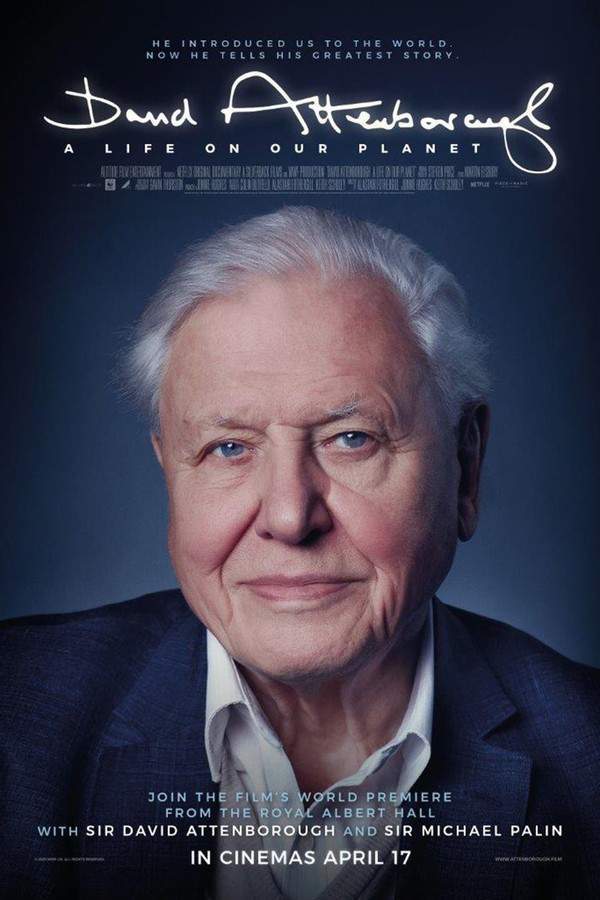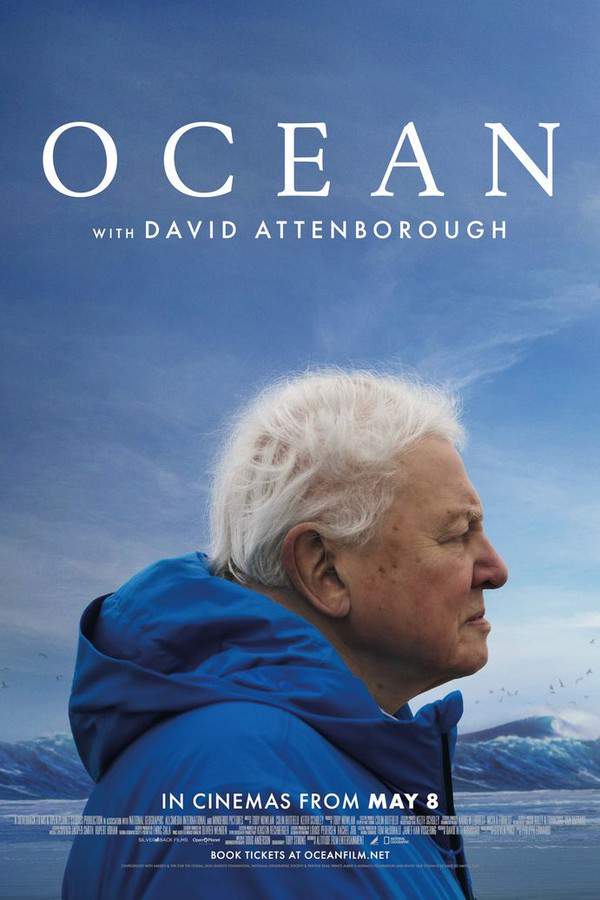
David Attenborough: A Life on Our Planet
Year: 2020
Runtime: 83 min
Language: English
Directors: Alastair Fothergill, Jonathan Hughes, Keith Scholey
Echo Score: 85Reflecting on a lifetime dedicated to exploring the natural world, renowned naturalist Sir David Attenborough delivers a powerful and personal account. He reveals how humanity’s progress has significantly impacted the Earth’s delicate ecosystems, posing a serious threat to the planet's future. Despite the concerning reality, Attenborough remains hopeful, advocating for immediate and decisive action to protect the wonders of nature and build a sustainable world for generations to come.
Warning: spoilers below!
Haven’t seen David Attenborough: A Life on Our Planet yet? This summary contains major spoilers. Bookmark the page, watch the movie, and come back for the full breakdown. If you're ready, scroll on and relive the story!
Timeline – David Attenborough: A Life on Our Planet (2020)
Trace every key event in David Attenborough: A Life on Our Planet (2020) with our detailed, chronological timeline. Perfect for unpacking nonlinear stories, spotting hidden connections, and understanding how each scene builds toward the film’s climax. Whether you're revisiting or decoding for the first time, this timeline gives you the full picture.
Last Updated: November 15, 2024 at 17:03
Unlock the Full Story of David Attenborough: A Life on Our Planet
Don't stop at just watching — explore David Attenborough: A Life on Our Planet in full detail. From the complete plot summary and scene-by-scene timeline to character breakdowns, thematic analysis, and a deep dive into the ending — every page helps you truly understand what David Attenborough: A Life on Our Planet is all about. Plus, discover what's next after the movie.
David Attenborough: A Life on Our Planet Summary
Read a complete plot summary of David Attenborough: A Life on Our Planet, including all key story points, character arcs, and turning points. This in-depth recap is ideal for understanding the narrative structure or reviewing what happened in the movie.

Characters, Settings & Themes in David Attenborough: A Life on Our Planet
Discover the characters, locations, and core themes that shape David Attenborough: A Life on Our Planet. Get insights into symbolic elements, setting significance, and deeper narrative meaning — ideal for thematic analysis and movie breakdowns.

David Attenborough: A Life on Our Planet Spoiler-Free Summary
Get a quick, spoiler-free overview of David Attenborough: A Life on Our Planet that covers the main plot points and key details without revealing any major twists or spoilers. Perfect for those who want to know what to expect before diving in.

Similar Movies to David Attenborough: A Life on Our Planet
Discover movies like David Attenborough: A Life on Our Planet that share similar genres, themes, and storytelling elements. Whether you’re drawn to the atmosphere, character arcs, or plot structure, these curated recommendations will help you explore more films you’ll love.
Explore More About Movie David Attenborough: A Life on Our Planet
David Attenborough: A Life on Our Planet (2020) Plot Summary & Movie Recap
David Attenborough: A Life on Our Planet (2020) Scene-by-Scene Movie Timeline
David Attenborough: A Life on Our Planet (2020) Spoiler-Free Summary & Key Flow
Movies Like David Attenborough: A Life on Our Planet – Similar Titles You’ll Enjoy
Planet Earth (1000) Movie Recap & Themes
Ocean with David Attenborough (2025) Complete Plot Breakdown
State of the Planet (1000) Full Summary & Key Details
David Attenborough’s Global Adventure (2021) Full Movie Breakdown
The Living Planet (1000) Plot Summary & Ending Explained
Breaking Boundaries: The Science of Our Planet (2021) Movie Recap & Themes
The Blue Planet (1000) Full Movie Breakdown
Life on Air: David Attenborough’s 50 Years in Television (2002) Spoiler-Packed Plot Recap
Planet Earth II (1000) Plot Summary & Ending Explained
Planet Earth III (1000) Full Summary & Key Details
Life on Our Planet (1000) Ending Explained & Film Insights
Our Planet (1000) Film Overview & Timeline
Attenborough’s Wonder of Song (2022) Spoiler-Packed Plot Recap
The Life of Birds (1000) Spoiler-Packed Plot Recap
Attenborough’s Life in Colour (1000) Ending Explained & Film Insights
















